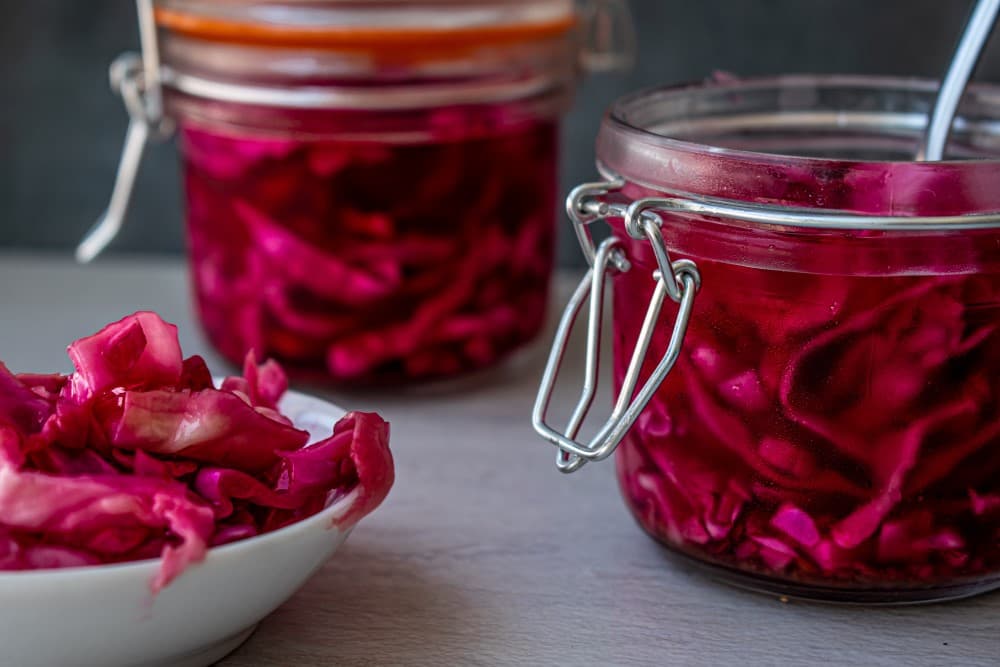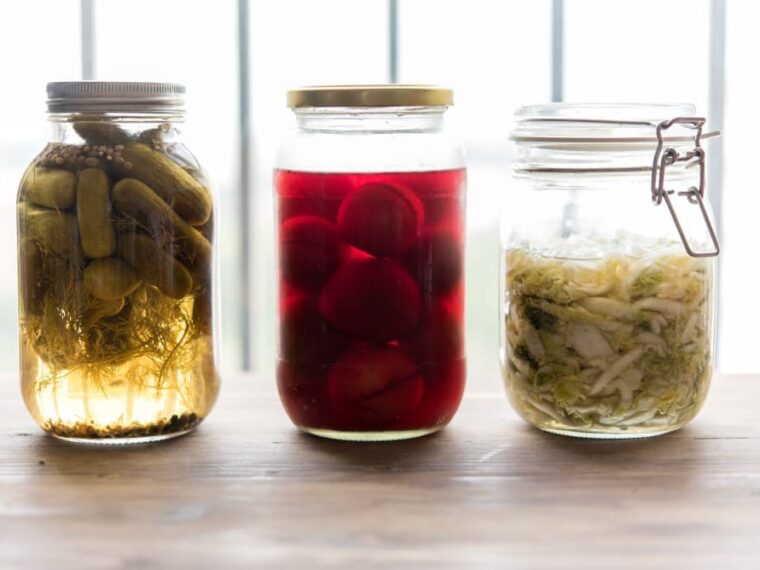In the realm of culinary arts, numerous methods of food preparation not only enrich taste and aroma but also enhance the nutritional value of ingredients. One of the most fascinating sources in this regard is fermentation. This process, reliant on microorganisms, introduces unique alterations to food products, making them not only tastier but also more beneficial for the body.
Understanding Fermentation and How It Works
Fermentation is a biochemical process where microorganisms such as bacteria, yeast, or fungi convert carbohydrates or proteins in foods through fermentation. It occurs due to enzymes produced by these organisms, which break down complex food molecules into simpler components. This process alters the texture, aroma, and taste of foods, enriching them with nutrients and making them more beneficial for our health.
Impact of Fermentation on Taste
Fermentation significantly influences the taste of dishes. It adds new layers of flavor profiles due to the formation of various acids and aromatic compounds. For instance, familiar dairy products like yogurt and cheese undergo fermentation, imparting them with their characteristic tastes and textures. Fermenting vegetables, such as cabbage for sauerkraut, transforms them into tangy-sweet delicacies that are not only pleasing to the palate but also high in nutritional value.
Enhancing Nutritional Value through Fermentation
Fermentation not only enhances the taste of products but also makes them more nutritious. During fermentation, microorganisms enrich products with vitamins, minerals, and beneficial bacteria. For example, fermenting dairy products like yogurt increases the content of probiotics, which positively impact the digestive system and bolster immunity. Furthermore, the fermentation process can break down anti-nutrients, making nutritional components more accessible for absorption by the body.
Exploring the Diversity of Fermented Foods
Culinary traditions worldwide leverage fermentation to create distinctive dishes. For instance, Korean cuisine is renowned for its fermented products like kimchi, rich in vitamins and beneficial microorganisms. Similarly, Japanese cuisine utilizes fermented soy product called miso, which not only adds a rich flavor but also enhances the nutritional value of dishes.
Restaurant Owner’s Perspective on Fermentation in Culinary Arts
“As a restaurateur, I view fermentation in culinary arts as an endless source of creativity and inspiration. This ancient process transforms ingredients, imparting them with unique flavors and nutritional properties that are otherwise unattainable through alternative cooking methods.
In my restaurant, I place fermented ingredients at the forefront, paying great attention to the process and quality of the products. I firmly believe that fermentation not only enriches the taste of dishes but also adds depth and complexity to our cuisine, making it distinctive and recognizable to our guests.
One of the main virtues of fermentation is its ability to enhance the nutritional value of dishes. This process enriches products with beneficial microorganisms and vitamins, supporting healthy digestion and fortifying the immune system of those who enjoy our cuisine.
It’s important to note that fermentation also allows us to recreate traditional recipes while preserving their authenticity and historical heritage. This offers our guests the opportunity to explore a diversity of cultural flavors and traditions through the dishes we offer.
Therefore, fermentation is not just a cooking technique but an art that opens doors to experimentation and new discoveries in the culinary world. Integrating fermented ingredients into the restaurant’s menu enables us to uphold innovation and surprise our guests, offering them unique and unforgettable taste experiences.”
– John Graham, Owner of “Eddys” Restaurant

Conclusion
Fermentation in culinary arts is not just a food preparation process but an art that transforms products, making them tastier, more nutritious, and beneficial for our bodies. This remarkable process opens doors for culinary creativity, allowing the creation of unique and healthy dishes that delight our taste buds while supporting our health.
FAQ
1. Question: How does the fermentation process change the nutritional composition of foods?
Answer: Fermentation alters the nutritional profile by breaking down complex compounds into simpler forms, enhancing the availability of vitamins, minerals, and beneficial bacteria. It reduces anti-nutrients, making nutrients more easily absorbed by the body.
2. Question: Can fermentation affect the shelf life of foods?
Answer: Absolutely. Fermentation can extend the shelf life of foods by creating an acidic environment or producing antimicrobial compounds that prevent the growth of harmful bacteria, thus preserving the food for longer periods.
3. Question: What role do microorganisms play in the fermentation process?
Answer: Microorganisms, such as bacteria, yeast, or fungi, produce enzymes that break down food components. They transform sugars and proteins, generating acids, gases, and other compounds that modify the taste, texture, and aroma of the food.
4. Question: Are there health benefits associated with consuming fermented foods?
Answer: Yes, fermented foods contain probiotics that promote gut health and boost the immune system. They also aid in digestion, increase nutrient absorption, and contribute to overall well-being.
5. Question: How does fermentation contribute to cultural diversity in cuisine?
Answer: Fermentation is integral to various culinary traditions worldwide, giving rise to a myriad of unique dishes. Different cultures use fermentation techniques to create signature flavors and textures in their foods, enriching their gastronomic heritage and creating a wide array of distinct culinary experiences.




